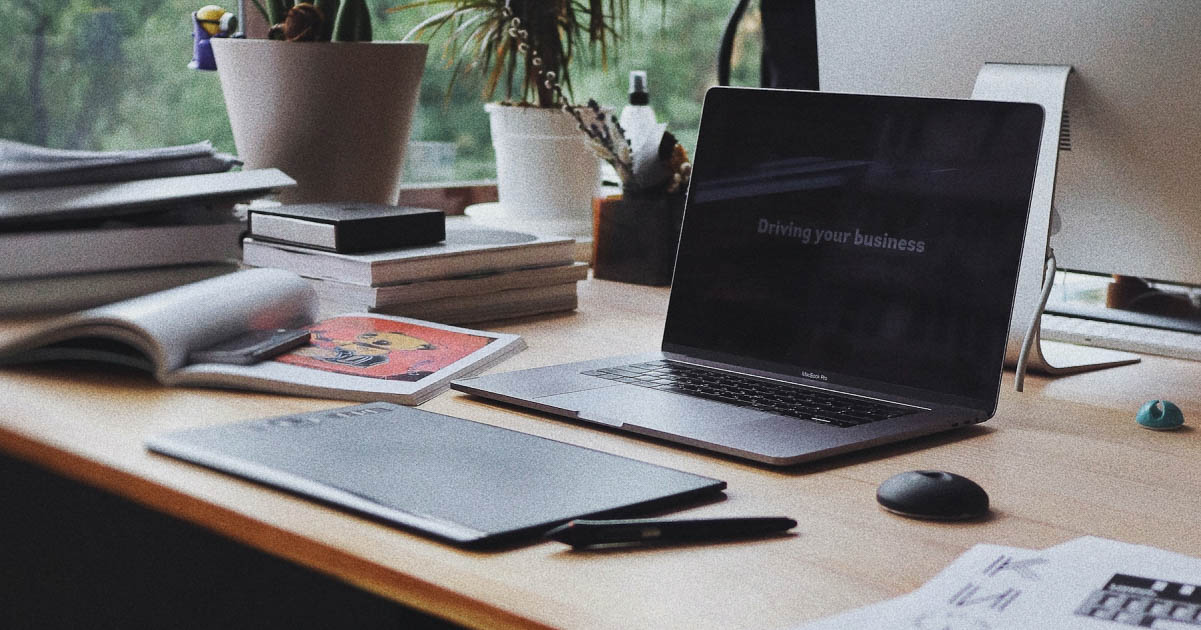
How to Create an Eco-Friendly Home Office
Being able to work from home is one of the many benefits of being a freelancer. And since working from home reduces your travel emissions and energy usage, it’s also a more eco-friendly way to work. But there are ways you can minimize your career’s impact on the environment even further.
In this blog post, we’ll explore five things you can do to create an eco-friendly home office. After all, if everyone makes small changes, it can make a huge difference to the world!
1. Digitize Your Paperwork
Ninety-three percent of paper worldwide comes from trees, so using paper contributes directly to deforestation and its associated environmental impacts. What’s more, the ink cartridges used in home printers are not usually recyclable and can release harmful materials into the environment if not disposed of properly.
Luckily, working from home makes it easier for you to reduce paper waste by using digital formats instead. Here are a few ways you can go digital with your documents:
- Send forms, such as invoices and contracts, electronically.
- Sign up to receive your bills and bank statements by email.
- Use note-taking apps for notes and reminders.
- Use time management and scheduling software in place of physical calendars.
For any paperwork that you can’t convert to digital (for example, if you prefer proofreading on physical copies), you can still use recycled paper and print double-sided to help reduce your carbon footprint.
2. Explore Green Lighting Options
Keeping your home office well-lit is important for your health and productivity, but did you know that artificial lighting accounts for almost 5% of all CO2 emissions?
When possible, make the most of natural lighting. Make sure your home office is in a room with a window and position your desk where it will receive the most natural light.
If you can’t make use of natural light, there are several eco-friendly lighting options you can try instead. These include:
- Energy-saving light bulbs
- LED light bulbs
- Low wattage task lighting, such as desk lamps
Whichever option you choose, just make sure that you’re still getting the amount of light you need.
3. Choose Sustainable Furniture
While flat-pack “fast” furniture is a cheap and popular option for home offices, it can have a detrimental effect on the environment. Fast furniture tends to be thrown away more frequently, is made from unsustainable materials, and has a high carbon footprint due to international production and shipping.
When outfitting your office, try to buy furniture from responsible manufacturers that rely on sustainable resources and design products that last.
Another option is to buy secondhand furniture. It’s inexpensive, saves resources, and often lasts a long time. You can find pre-loved furniture in these places:
- Websites like eBay or Preloved.
- Apps and social media, such as Facebook Marketplace.
- Thrift stores and charity shops.
- Through neighbors, friends, and family.
You can also get rid of your old furniture through the same channels, reducing your waste even further!
4. Avoid Food Waste
Working from home means you’ll probably be eating at home more often. And with food waste alone causing at least 6% of all manmade greenhouse gas emissions, it’s important to control the amount of waste you produce in your kitchen.
Here are some ways you can reduce food waste:
- Keep track of the food you have and when it needs to be used.
- Plan meals in advance and buy only what you need for them.
- Store food appropriately.
- Freeze fresh fruit and vegetables to preserve them.
- Batch cook meals and freeze them in portions.
- Compost food scraps, such as vegetable peels and eggshells.
You can also limit packaging waste by choosing food that comes in recyclable containers or buying in bulk.
5. Develop Energy-Saving Habits
Creating an eco-friendly home office isn’t just about making one-off changes. Developing energy-saving habits will reduce your energy consumption in the long term and contribute to a more sustainable future.
Here are some sustainable habits you can start practicing today:
- Switch off and unplug electronics when not in use.
- Make use of energy-saving settings on your devices.
- If you’re home alone, heat only the room you work in and make sure it’s draft-proof.
- Take breaks from your screen when not working.
- Consider investing in a smart meter to keep track of your energy use.
Becoming a Freelancer
If you’re looking for a more eco-friendly career, our online courses can set you on the path to freelancing. Try some lessons for free and see what we have to offer!





Your email address will not be published.